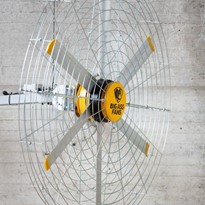Workplaces are often encouraged to monitor their Thermal Comfort levels to ensure a safe workplace for their employees - but what does it mean when spaces fail to consider thermal comfort factors. The impact of excessive heat or cold in occupied spaces is not only un-resourceful and unsustainable, but it can also lead to productivity loss for the occupants - with things like sick building syndrome, and other health issues.
What is Thermal Comfort?
Thermal Comfort is ‘satisfaction with thermal conditions, based on subjective evaluation’. The phrase ‘subjective evaluation’ is important as each individual perceives Thermal Comfort differently. Instead of being able to tell the exact degrees in a space, we evaluate temperature based on how our body feels (hot, cold, freezing or warm) determined through experiences and previous conditioning such as living in hot humid climates, or freezing environments.
To achieve thermal comfort in working environments, employees are not aware they are hot or cold, instead they are working comfortably without focusing on the temperature around them. Studies have shown higher levels in productivity in workplaces who maintain comfortable environments. If workers feel hot, or uncomfortably cold they are more likely to take shortcuts and misuse equipment in order to finish faster and remove themselves from these uncomfortable environments.
Factors that impact Thermal Comfort Levels
Ashrae Standard 55 categorises all the standard factors that affect thermal comfort and how adjusting each affects perceived comfort in indoor environments. These 6 factors are:
- Clothes - This factor provides thermal resistances.
- Activity level we do (Metabolic Rate). More intense the activity, the more heat we generate and dump out in the surrounding air.
- Presence of breeze (Air Speed) - Through natural breezes or fans. Because breeze is moving the air, it drives convection cooling to transfer heat from person to surrounding air and cool the occupant down.
- Air Temperature / Ambient Temperature - Heat flows naturally from high to low temperature. If hot, we dump heat and if cold, we gain heat.
- Humidity - The presence of how much water vapour is in the air can determine cooling potential of space. The lower the water vapor, the greater the evaporative cooling potential.
- Radiant Temperature (ie the sun) creates a massive thermal load through its light rays.
Some of these elements are out of our control in a working environment, but Air speed, air temperature, lowering of Humidity can work together to improve thermal comfort levels for a comfortable working environment.
How Overhead Fans and Evaporative Coolers Improve Thermal Comfort
Overhead fans are an excellent conduit for mixing hot and cool air throughout a space and uniformly cool the occupants. Ceiling fans play a big role in thermal comfort as they cool the occupant first and foremost. Big Ass Fans® improve thermal comfort by providing steady air movement. Though air movement does not lower room temperature, it creates a cooling effect of up to 6°C when the breeze passes over the skin. And when the heater is on, the fans slowly push the warm air that collects at the ceiling down without creating a draft, resulting in a more even temperature throughout a space.
Pair ceiling fans with evaporative coolers and efficiently deliver powerful spot-cooling, and elevated air speed to every corner of your facility. The two systems working together achieves comfortable thermal comfort levels and energy savings so you workers can do what they do best.


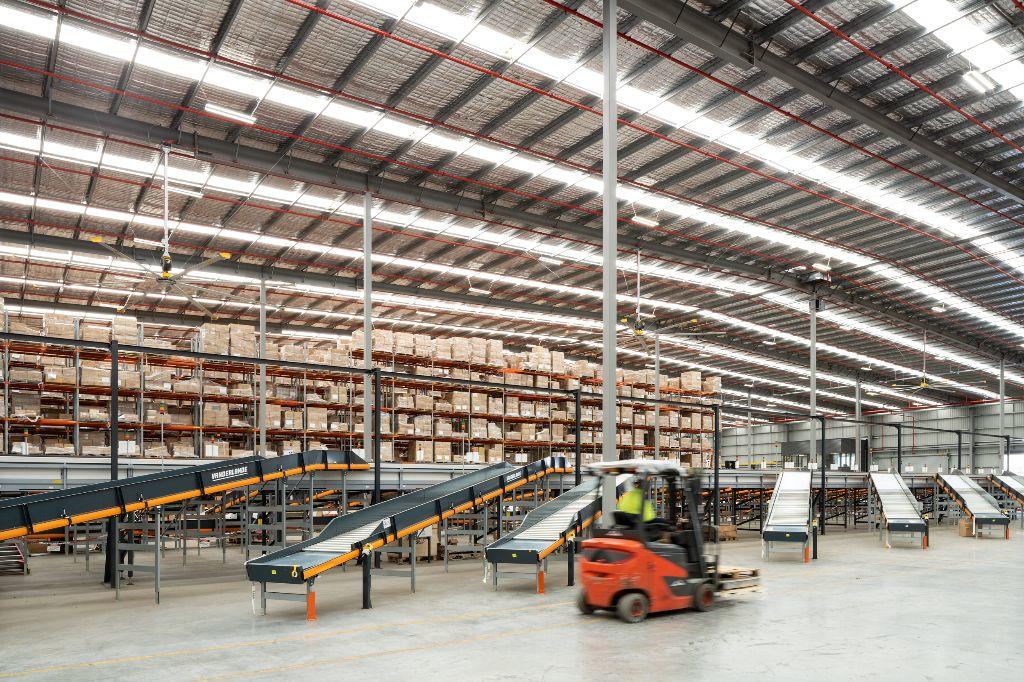



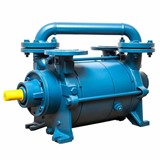



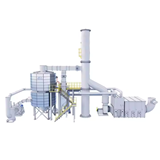

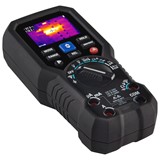



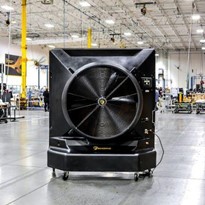
-205x205.jpg)
-205x205.jpg)
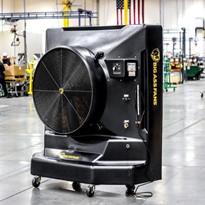
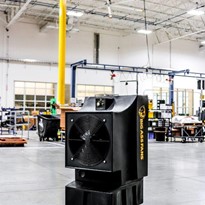
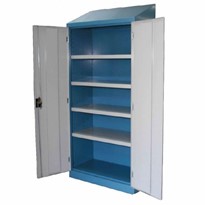

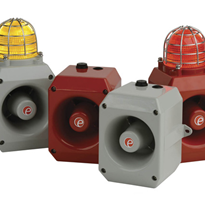

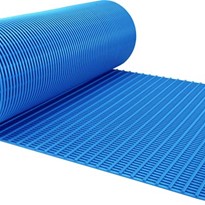


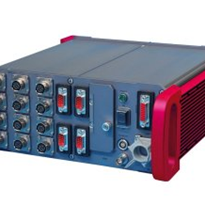



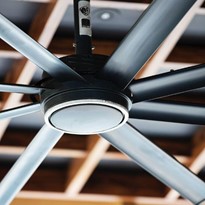
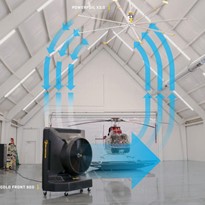
-205x205.jpg)
